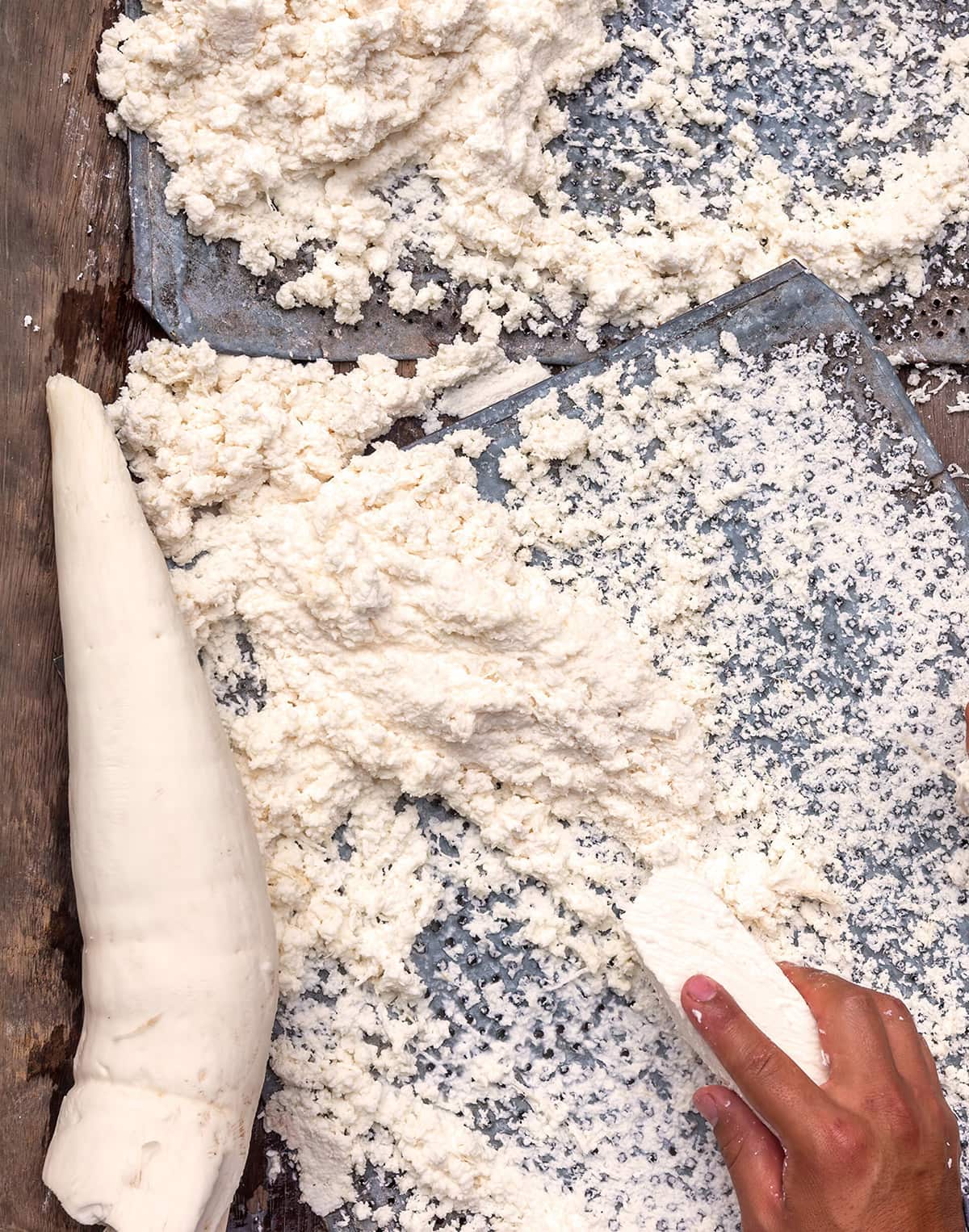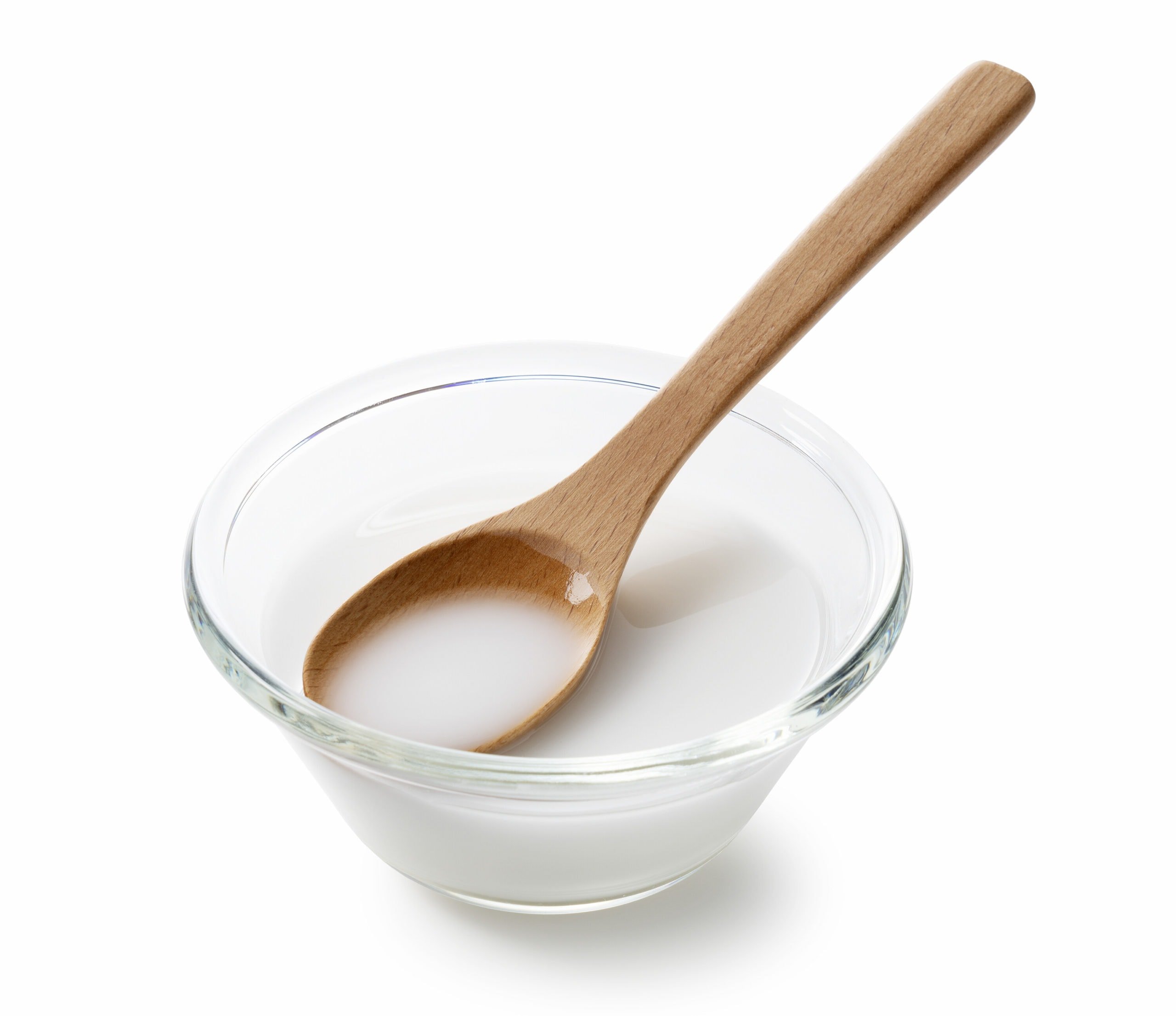How To Make Tapioca Starch?
Tapioca starch has many uses in a vegan kitchen. Because it is a plant-based ingredient, you will find its use in several dishes. From breakfast pancakes to cakes and cookies and thickening gravies and stews, tapioca starch has its uses. I’ll share below, how to make tapioca starch?
Although you can easily find tapioca starch at any grocery store, most people prefer to make their own at home. There are several reasons you should make it at home. For one, you can get it in large quantities. Moreover, homemade tapioca starch is free from any preservatives and artificial ingredients. It is 100% organic and natural. Also, it is very easy to make. For someone who likes to experiment with different things, making it at home can be a good experience.
So, if you are among those who like to create ingredients on their own, try this step-by-step guide to making tapioca starch. It is a simple process, and it is quite fun as well.
If you love to make ingredients from scratch, you will also love, How To Make Brown Rice Flour? and How To Make Almond Flour?

What is tapioca starch?
Tapioca starch or tapioca flour is a type of gluten-free flour that is natural extracted from the roots of the Cassava plant. Like potato starch and corn starch, it is also plant-based. It has been used for various purposes since ancient times. It is a tasteless powder, and often it is a compulsory product for household activities other than cooking. You can easily buy it from any grocery store. Furthermore, you can also make it at home.
Are tapioca and corn starch the same?
Well, no. tapioca starch is very different from corn starch, potato starch, or arrowroot starch. That’s because it is made from a different ingredient. Despite being plant-based, it is extracted from the root of the cassava plant. Whereas corn starch is extracted from corn, and potato start is extracted from potatoes. Also, despite having the same function, these starches have a slightly different consistency to touch.
How is tapioca starch used?
There are different ways you can use tapioca starch. Here are a few to name:
- It is most commonly used to press clothes to get the perfect crease. Mix it in water to make a slurry and store it in a shower bottle. Spray it on clothes and press to get a crisp cloth.
- It is most widely used to coat chicken or fish for frying. You can also create a batter out of tapioca starch. Frying it will give you a crispy texture.
- It is also a thickening agent in stews and soups. You can mix it with water to create a slurry. It helps to thicken up the soup and stews.
- It is also used in baking. You can make delicious desserts using tapioca starch. For instance, Japanese dessert mochi is made using tapioca starch.
- You can also create noodles from tapioca starch.
- It is also used for making boba.
- It is also used to make pancakes, tortillas, bread, cookies, and pudding.
There are several benefits of using tapioca starch. These benefits are because tapioca starch is having a high carbohydrates content and low protein content. Furthermore, it is also a gluten-free flour making it safe for those who have gluten allergies.
Can you make tapioca starch at home?
Yes! You can easily make tapioca start at home. It is a simple process. Here is everything you need for homemade tapioca starch:
- Cassava root
- Blender
- Fine-mesh strainer
- Cheesecloth
- Baking tray
How to make tapioca starch?
Making tapioca starch is effortless and straightforward. Here is a step-by-step guide to making tapioca starch at home:
Step 1: Start by washing the cassava root to get rid of the dirt. Peel the root and cut it into small chunks.
Step 2: Place the chunks in a blender jug and pour water over in. make sure you have enough water that the consistency of the final product is runny. You can add more water during blending. You can also grate the large chunks, using a grater.

Step 3: Blend the chunks until you get a smooth consistency. In a large bowl, place a fine-mesh strainer and a cheesecloth over it. Pour the liquid over it.
Step 4: The residue left on the cheesecloth is important. It is actually used to make Bammy. Allow the bowl with the white liquid to sit for an hour for the white starch to separate and settle at the base of the bowl from the translucent liquid on top.

Step 5: Gradually pour the liquid off and discard, what remains is tapioca starch. Scrape the white residue using a spoon and place it on the baking tray.
Step 6: Let it dry until all the liquid is evaporated. You will get a dry block of tapioca starch.
Step 7: Place it in a food processor or spice grinder and grind until you get a smooth powder.
How to dehydrate tapioca starch?
There are two ways of dehydrating the residue to get tapioca starch. These are:
- You can dry the residue by placing the baking tray under direct sunlight for about two days. Do stir the residue after regular intervals to ensure equal evaporation. Also, cover the baking tray with a mesh to avoid insects getting into it.
- If you are looking for a quick way to dehydrate residue to get tapioca, place the baking tray in a dehydrator for about 12 to 20 hours at 120-degree F.
- Lastly, the quickest way of dehydrating residue is by placing the baking tray in an oven at 225-degree f for about 2 hours.
How To Store Tapioca Starch?
You can easily store tapioca starch by placing it in an airtight container. Place the container in a cool and dry place or refrigerator. Make sure you keep it away from direct sunlight. If you store it properly, the starch will last for about a year.
Furthermore, you can also place it in the freezer. It will last for more than a year in the freezer. Because it is in powdered form, it won’t freeze; rather will turn into blocks or stones. You can turn it back into powdered form by grinding it in a spice grinder.







Thank you so much for sharing.
It’s important to note that cassava after being harvested must be processed immediately (within 2 days or so) if not it becomes toxic and dangerous to consume. This is for our kind in West Africa, I’m not sure if there is a way to stop it now. Do you know of this and a way to preserve it for use after a few days?
just dice the cassava & blanch it in boiling water for about 5minutes. then store it in a freezer. it can stay there for several months then when you are ready take a few & boil till cooked. if you don’t have a freezer the best thing you can do is store them in a dry clean area in a bag. cassava can last about 1week after harvest in normal room temperature if it hasn’t been peeled. the toxic components of cassava you can always get rid of if you cook them in boiling water till its ready.
Thank you for sharing. It was really helpful.
How to make topico roti
The information was very interesting. Just wondering is the tapioca starch made by this method is considered the same as modified resistant tapioca starch. Thankyou
Modified tapioca starch is prepared by chemically, physically, or enzymatically, treating tapioca starch. So it is not the same.